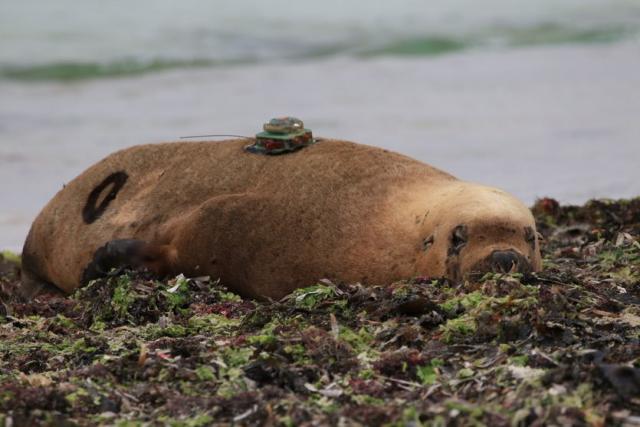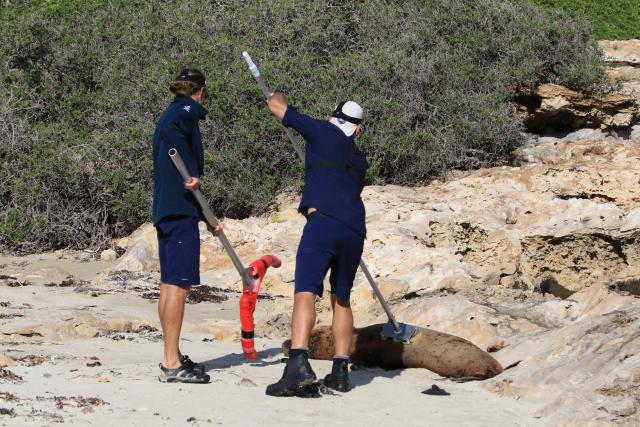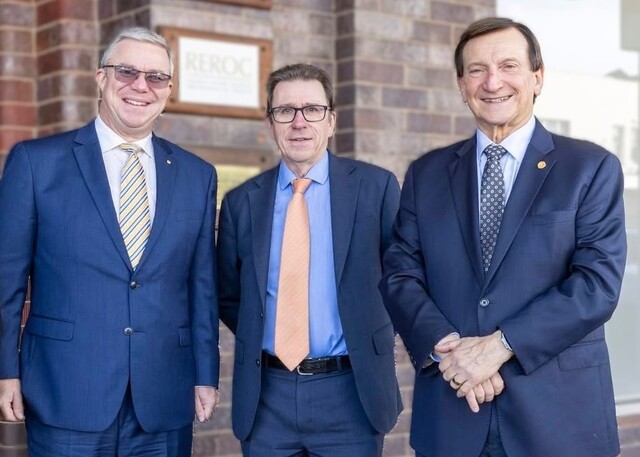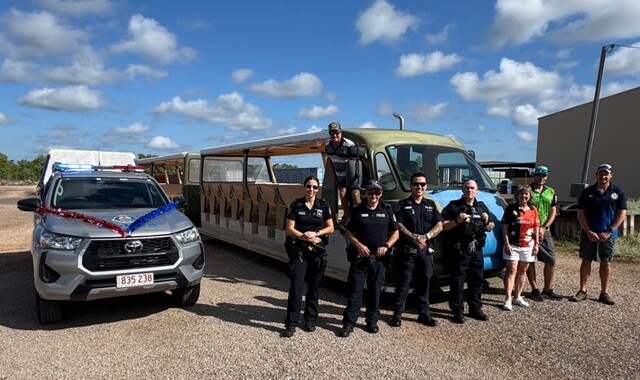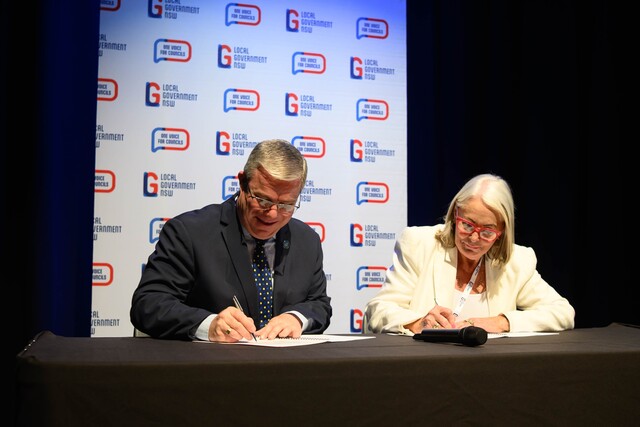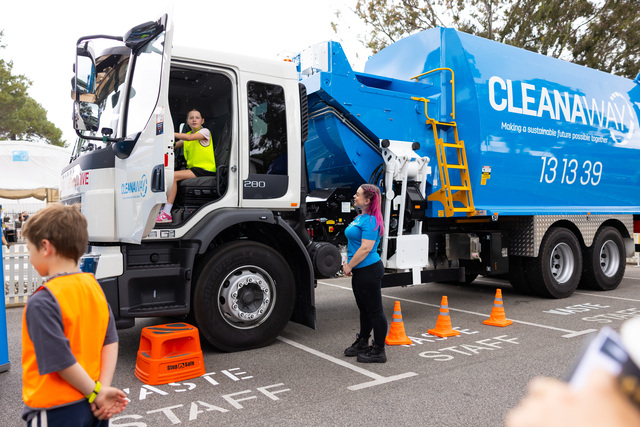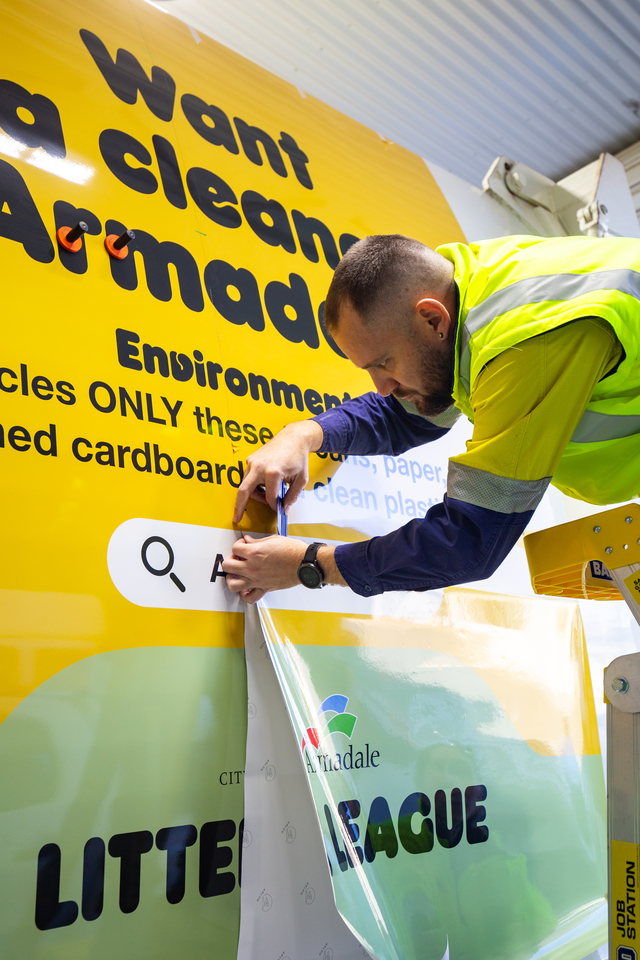An innovative new project is using human hair dye on Australian sea lions at Carnac and Seal Islands off the coast of Perth to track and learn about the local population.
Edith Cowan University (ECU) are jointly leading the project with Department of Biodiversity, Conservation and Attractions (DBCA) marine researchers, in collaboration with Department of Primary Industries and Regional Development (DPIRD).
The Australian sea lion (ASL) project forms part of the Western Australian Marine Science Institution (WAMSI) Westport Marine Science Program.
“The hair dye marks are temporary and completely safe, just like hair colour on a human, but for a period of about two months it allows us to identify each sea lion and monitor how often they move amongst the six haul-out islands, such as Carnac Island and Seal Island,” ECU Associate Professor Chandra Salgado Kent said.
“This project also enables monitoring of the total numbers that occur in the Perth metropolitan area when the animals are at their peak numbers, which is anticipated to be around December or January.”
The marking method, which has been applied to other species of seals and sea lions elsewhere, is non-invasive and does not harm the animals in anyway.
It only takes a matter of minutes, less than an appointment to the hairdresser!
“A layer of dye is spread on numbers with foam material on them, and the numbers are mounted on a plate attached to a long pole, we then press the plate onto the sea lions back or side. The poles allow us to keep our distance to create minimal disruption to the sea lions,” Associate Professor Salgado Kent explained.

